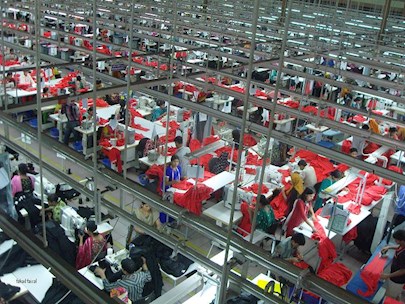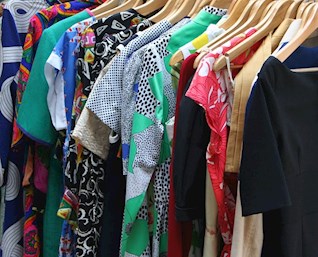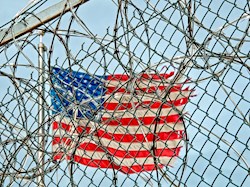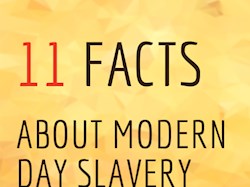I have a confession. Something I am not too proud to admit. I used to love shopping at Forever 21. Their clothes are super trendy and very inexpensive compared to most brands. Now before we begin, there are two things about me you should know: I love saving money and I love buying funky clothes. Forever 21 was the perfect store to accomplish both tasks.
But did I ever stop to think about the person behind the clothes? If my jeans cost $10…how much was the garment worker being paid to make them? If a tank top cost $1.80…how much is the girl behind the scenes making per item? Quick answer: not much…less than minimum wage actually. And certainly not enough to feed her family.
According to Business Insider, “One Los Angeles factory worker (Forever 21) told Bloomberg BusinessWeek she was paid 12 cents a piece to sew vests that sell for $13.80. It would take 67 vests an hour to earn $8 minimum wage.” There is no way I would be able to sew 67 vests per hour. Maybe 2…if I am lucky.
“The International Labor Rights Forum called out Forever 21 for not joining retailers like Gap Inc., Levi Strauss, American Eagle Outfitters and other companies in making a commitment not to buy cotton from Uzbekistan factories, where alleged forced child labor takes place.” Do I want to wear clothing that has been made by child laborers? Absolutely not! And I can’t claim ignorance anymore.

The more I learn about the fast fashion industry (high volume, fast turnover of clothing lines with extremely low prices), the more I am unimpressed. Sweat-shop conditions, low wages, and 16 hour days are prevalent working conditions for many men and women in these factories overseas. Not only are the conditions less than ideal, they are incredibly dangerous.
On April 24, 2013 the Rana Plaza building collapsed claiming the lives of 1,134 garment and factory workers in Dhaka, Bangladesh. It is considered the deadliest garment factory accident in history. “Eighty percent of the workers were young women, 18-20 years of age. Their standard shift was 13 to 14 ½ hours, from 8:00 a.m. to 9:00-10:30 p.m., toiling 90 to 100 hours a week with just two days off a month.”
Although Forever 21 was not linked to the Rana Plaza building collapse, many other major U.S. retailers like Walmart, The Children’s Place, and J.C. Penny had contractors there.
As I learn more about modern day slavery, the more I realize that I can make a difference.
I can’t claim apathy or ignorance. My purchases matter. My actions affect others. I can choose to support fast fashion brands and grow the demand for slave labor, or I can conduct research on my favorite brands before making a purchase. We can hold retailers and corporations accountable by demanding slave-free supply chains. A fashion revolution is starting, but more can be done.

I have a new hobby now- thrift shopping. Takes a bit more effort, but has much greater rewards.
Why would I want to stay forever 21 anyway? Being 27 is pretty great.
Topics:
Forced Labor,
Slave Free Lifestyle














